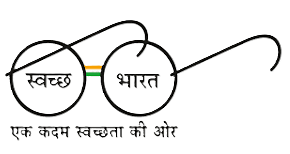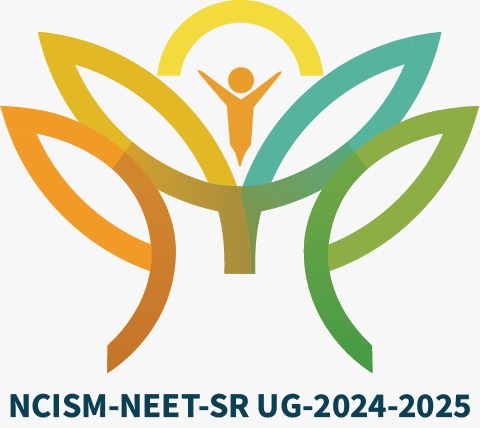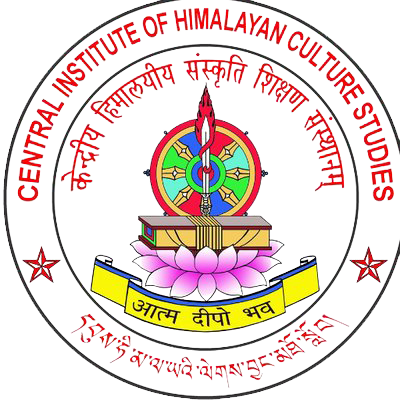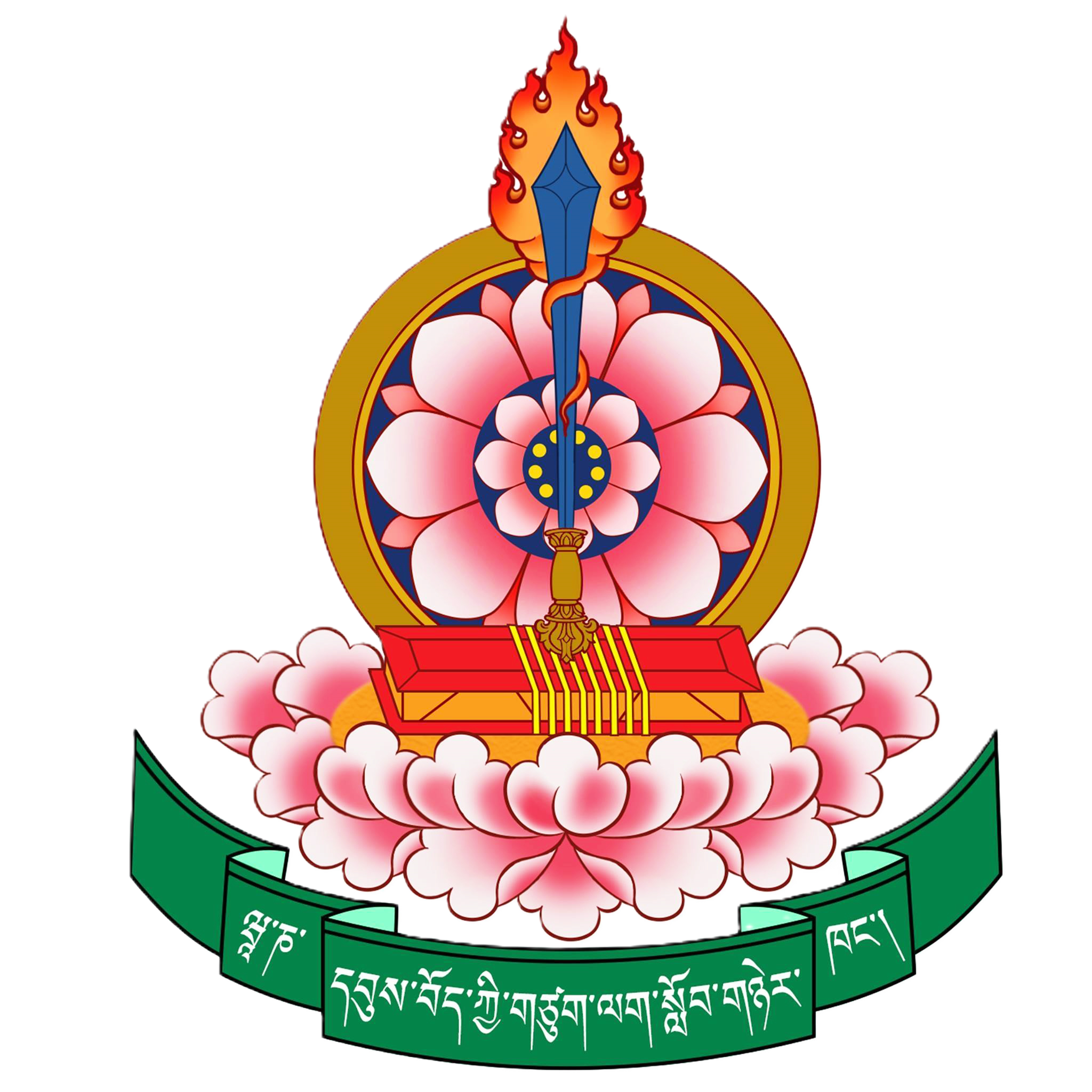ཤེས་རིག
གསལ་བསྒྲགས།
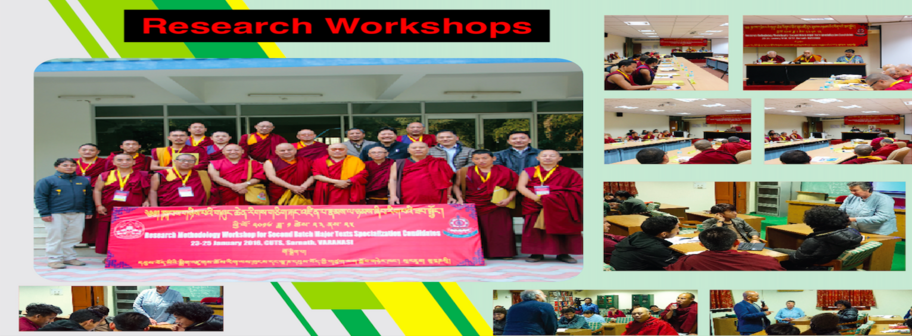
Research and Development Cell (R&D)
According to the UGC guidelines and NEP 2020, the Research & Development Cell at Central Institute of Higher Tibetan Studies focuses on systematic, fact-based, and action-oriented research that creates a creative and productive environment of high-end research production towards social welfare. It undertakes various initiatives such as promoting faculty members for writing proposals to government and agencies for projects, conducting skill development programmes for students based on innovation and building inter-disciplinary research activities. It links the four research departments with the research courses offered at the Institute.
Objectives
- To create an organizational structure with role-based functions of RDC, formulate Research Policy for the HEIs, identify thrust areas of research, and form related cluster groups/ frontline teams/consortia of researchers.
- To create enabling provisions in Research Policies for recruitment of research personnel, procurement of equipment, and financial management with adequate autonomy to the Principal Investigator(s) and disseminate research outcomes to stakeholders and the public at large.
- To establish a special purpose vehicle to promote researchers and innovators, identify potential collaborators from industry, research organizations, academic institutions & other stakeholders for cooperation and synergistic partnerships.
- To act as a liaison between researchers & relevant research funding agencies, extend guidance in the preparation & submission of project proposals and post-sanctioning of the grants to oversee adherence to timelines.
- To have better coordination among other cells/centres dealing with University-Industry Inter Linkage, Incubation, Innovation and Entrepreneurship Development and Intellectual Property Rights (IPR).
- To develop an Institutional Research Information System for sharing the status of ongoing/ completed research projects/Programmes, expertise & resources, etc., making effective use of Information & Communication Technology (ICT) for preparing the database of in-house experts to provide industrial consultancy and services.
- To engage & utilize the services of superannuated active faculty/scientists in research capacity building of talented young minds and promote mobility of researchers across institutions and R&D Labs.
- To serve as nodal centre for ideation and conceptualization of research topics/themes by organizing workshops and training programs and ensuring the integrity and ethical practices in research activities including clearance of bioethical committee wherever required.
Functions
The RRDC would help create a research ecosystem for reliable, impactful, and sustained research output. The essential elements of such an ecosystem, viz., generation of knowledge and facilitation of research, innovation and technology development for industrial & societal benefits, are addressed by human resource (researcher & faculty), intellectual capital (knowledge & skills), governance (regulation & policies) and financial resources (funding & grants).
Formation






